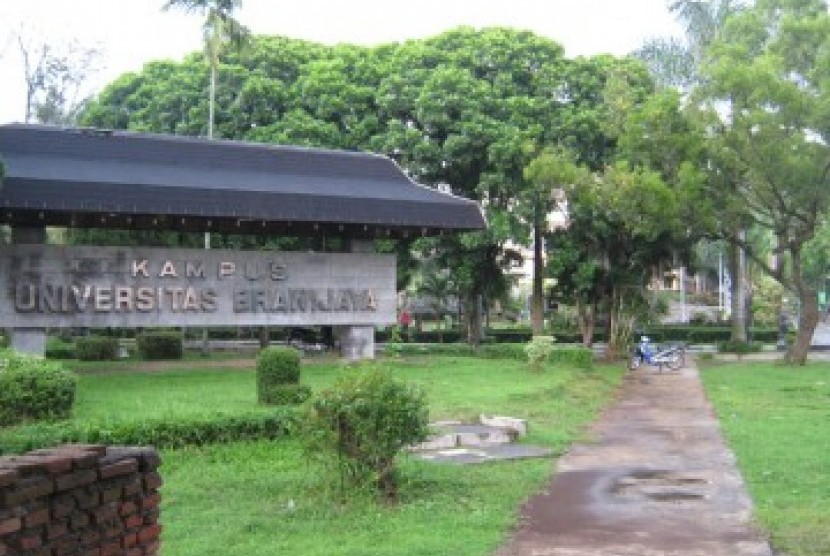REPUBLIKA.CO.ID, MALANG -- Concerned about the air pollution caused by forest fires in some areas of the country, a team of students of University of Brawijaya (UB) Faculty of Engineering was inspired to make Electrees (Electronic Trees). A prototype electronic tree device that uptake solar power as a solution to air pollution using silica aerogel.
"The working principle of this device consists of two systems. The first system is a system of photosynthesis to generate electrical energy independently, while the second is the function of the respiratory system sucking air pollution in the form of CO2 or CO," said team leader Fatahillah, from Republika written statement received on Sunday (5/6).
The photosynthetic system consists of a solar panel that functions convert sunlight into electrical energy. The electrical energy is used to provide power to the device. Output power generated by the tool is of approximately 30 W. Electrees also equipped with lights that serve as lighting at night.
The second system, which is the respiratory system, consists of granular silica aerogel as the absorption media. Its function is to absorb and precipitate CO2 or other air pollutants and allow free air out through it.
"Silica aerogel has the absorption capacity of 1.2 g of CO2/absorbent. Compared to other substances that work similarly as activated carbon and zeolite, silica aerogel has greater absorbency. While the prototype Electrees has 500 grams of silica aerogel, "explains team member responsible for the development of the respiratory system, Hafiz.
Another plus is, when the silica aerrgel has absorbed CO2 until saturation point, so users only need reheating and ready to be used again.
Currently, the team is working hard to develop a tracking system device for the energy captured from the sun to be more effective. And the team is optimistic in the near future it can be enable the tracking system.
"So when the morning comes it will be tracking facing east, then follow the sun until the afternoon. When the afternoon, it will going in a straight up position. When in the upright position, the lights will flash for one night," added team member Hasan.
"For the development of a prototype, so far the team has spent Rp 4 million. For applications in the field it might take a larger size again, "added the other team members, Rosihan.


